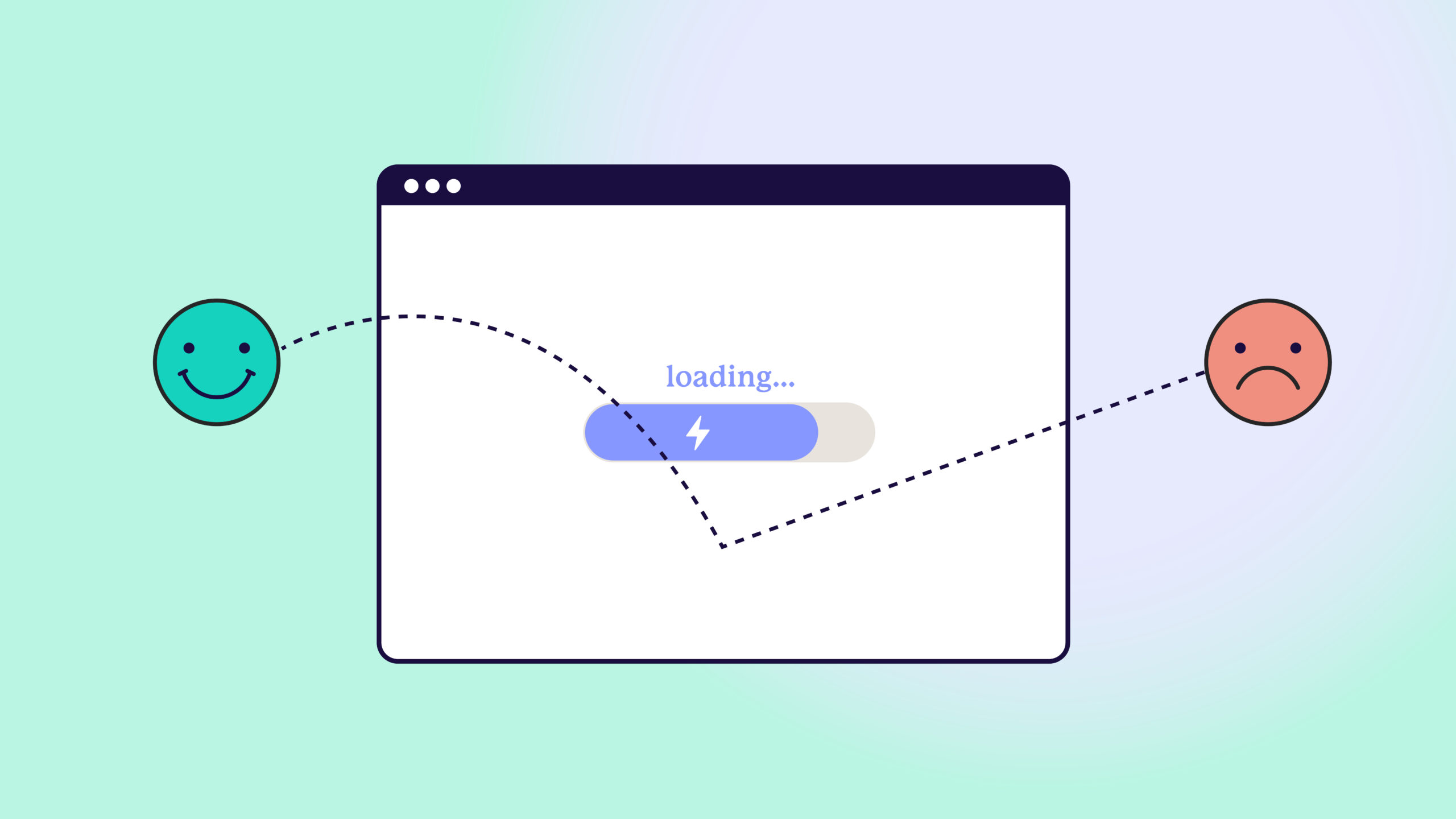User Experience (UX), encompasses the emotions and perceptions users encounter during their interactions with a product. Simply put – how a user feels when they use a product or service. Whether their experience is smooth sailing or a major frustration, UX design is about figuring out what your users are trying to do and making it as easy and enjoyable as possible for them to get there. It’s about crafting experiences that make users happy, enhancing their journey and overall satisfaction with your brand.
So, Just How Important Is UX?
When it comes to brand success, there’s a noticeable difference between companies that prioritise UX and those that don’t. According to a report by McKinsey, companies that prioritise UX design increase their revenue by 32.5% annually, compared to those that don’t. The user experience your brand provides can make or break whether customers come back and if they’ll recommend a product or service to friends and family.
If you skip on prioritising user experience within your website, you may find that your users find your website too frustrating or clunky, which could cost you more in the long run to fix issues or redo your website.
Reasons to invest in UX from the start:
- Customer Satisfaction: A positive user experience leads to happy customers. When your website is easy to navigate, visually appealing, and actually helpful, people are more likely to enjoy their time on it and think highly of your brand.
- Increased Engagement: Good UX design encourages users to spend more time on your website, explore more content, and engage with various features. This can lead to higher engagement rates, such as more page views, longer session durations, and increased interactions with the website’s offerings.
- Higher Conversion Rates: A well-designed user experience can significantly improve conversion rates. Whether the goal is to make a purchase, sign up for a newsletter, or request more information, a user-friendly website makes it easier for visitors to complete these actions.
- Brand Loyalty and Trust: Web users are more likely to return to a website that’s easy and enjoyable to use. Positive experiences build trust and loyalty, encouraging repeat visits and long-term relationships with your customers.
- Competitive Advantage: Web users these days have high expectations and plenty of options. A website with superior UX can differentiate a company from its competitors, attracting more visitors and retaining them longer. It can be a key factor in gaining a competitive edge.
- Reduced Costs: Investing in UX design upfront can save you money down the road. A website that’s intuitive and easy to use needs less customer support and fewer resources to fix usability issues. Plus, continuous UX improvements based on user feedback can prevent costly redesigns later.
- Data-Driven Decisions: UX research methods like usability testing and user feedback give you valuable insights into how users interact with your website. These insights help you make smart decisions about design tweaks and new features, ensuring your site always meets user needs.
What makes for a great User Experience on your website?
First off, you need to understand your existing customers and target audience—who they are, what they need, and how they use your product. Additionally, understanding your audience’s technological experience and the context in which they will use your product—on the go, via mobile, or at home on a desktop—will help inform design decisions later on.
Where to start?
The UX design process involves understanding user behaviors and needs through research. Your UX journey typically begins with UX research and design, involving your chosen web development agency, user groups, stakeholders, and internal teams, and often involves:
- Qualitative Research: User interviews and focus groups helps to delve into the reasons behind user behaviours, uncovering motivations and pain points.
- User Feedback Surveys: Surveys are an essential tool for gathering direct insights from your audience. These surveys can cover various aspects of the existing user experience, from usability and satisfaction to specific features and functionality.
- Usability Tests: If you have an existing website, observing real users as they interact with your website can be a great way to identify any usability issues. By watching users complete tasks, you can see where they encounter difficulties and gain insights into how to improve the user experience.
- Competitor Analysis: Examining the strengths and weaknesses of competitor sites, you can identify best practices and areas where your site can differentiate itself. This analysis helps in understanding what users are accustomed to and what they might find frustrating or appealing.
- User Personas: Creating detailed profiles of typical users to understand their needs, goals, and challenges.
- User Journeys: Mapping out the steps users take to achieve primary goals, highlighting pain points and opportunities for improvement.
Let Greenhat Guide Your UX Journey
UX is fundamental to creating websites that are not only functional and usable but also delightful and satisfying for users. It involves a holistic approach that considers the entire journey of the user, aiming to optimise every interaction and touchpoint to achieve a meaningful and positive user experience.
By partnering with Greenhat, you ensure that your website will not only meet but exceed user expectations, driving your business success. Let us help you create a user experience that leaves a lasting impression.








